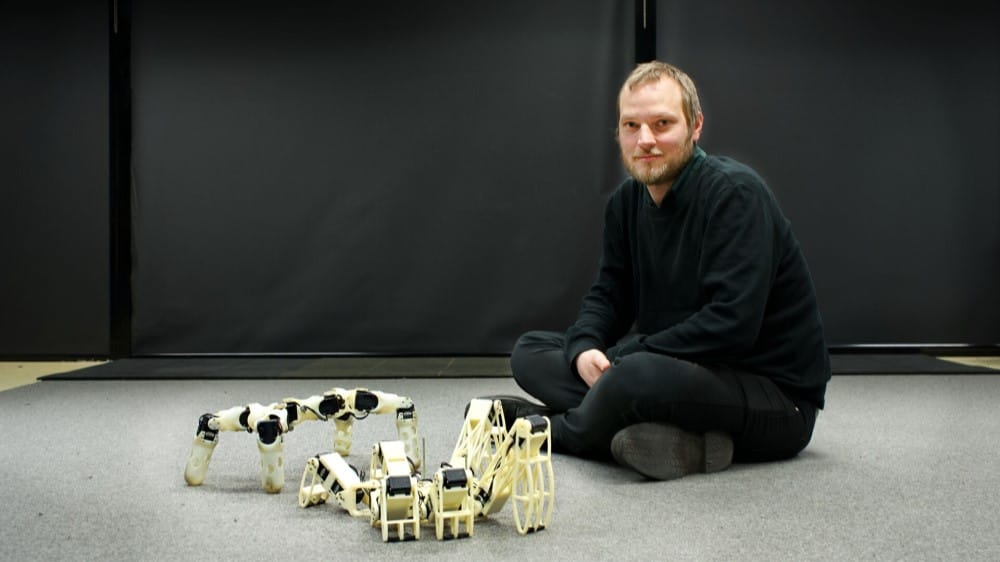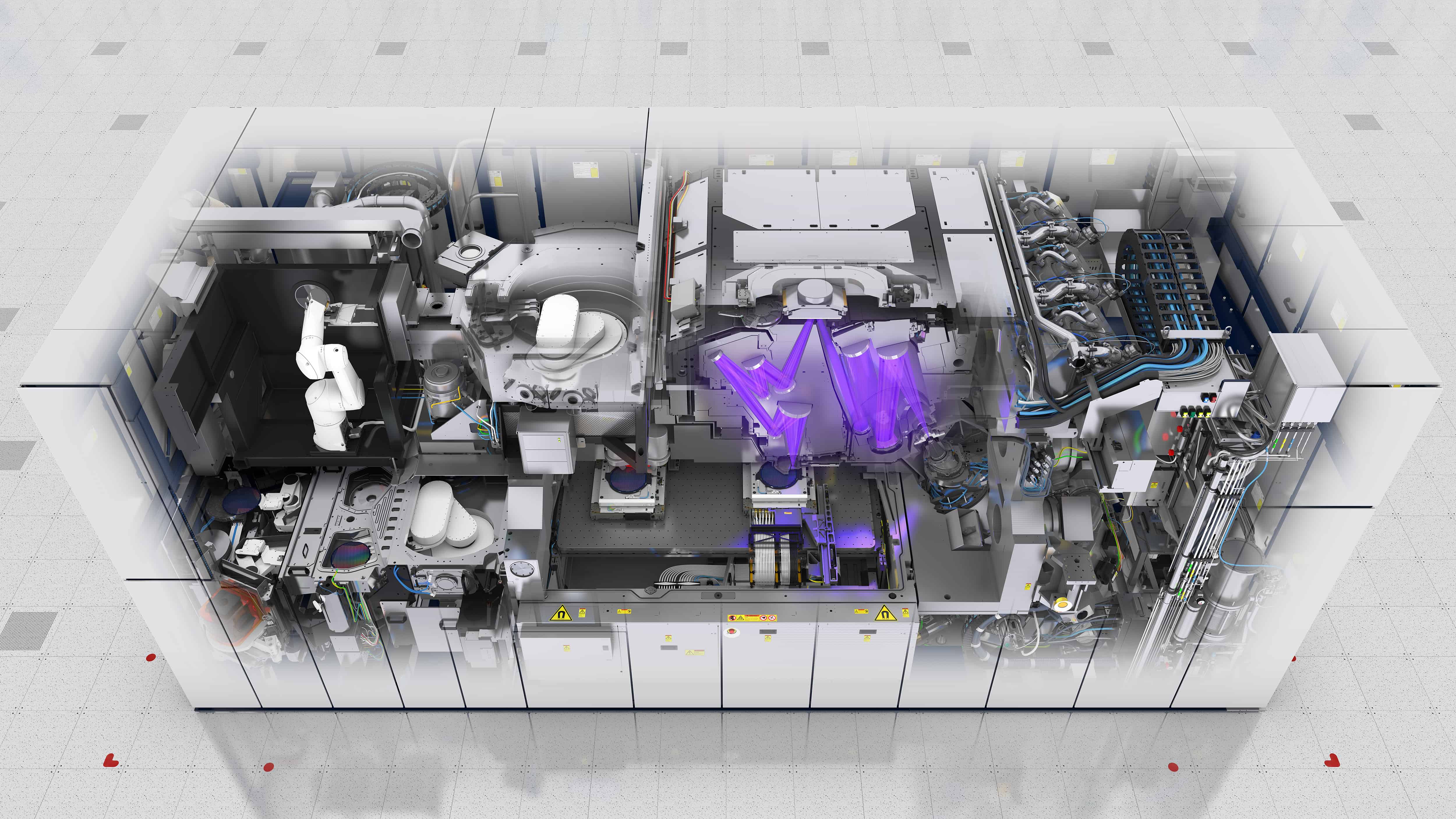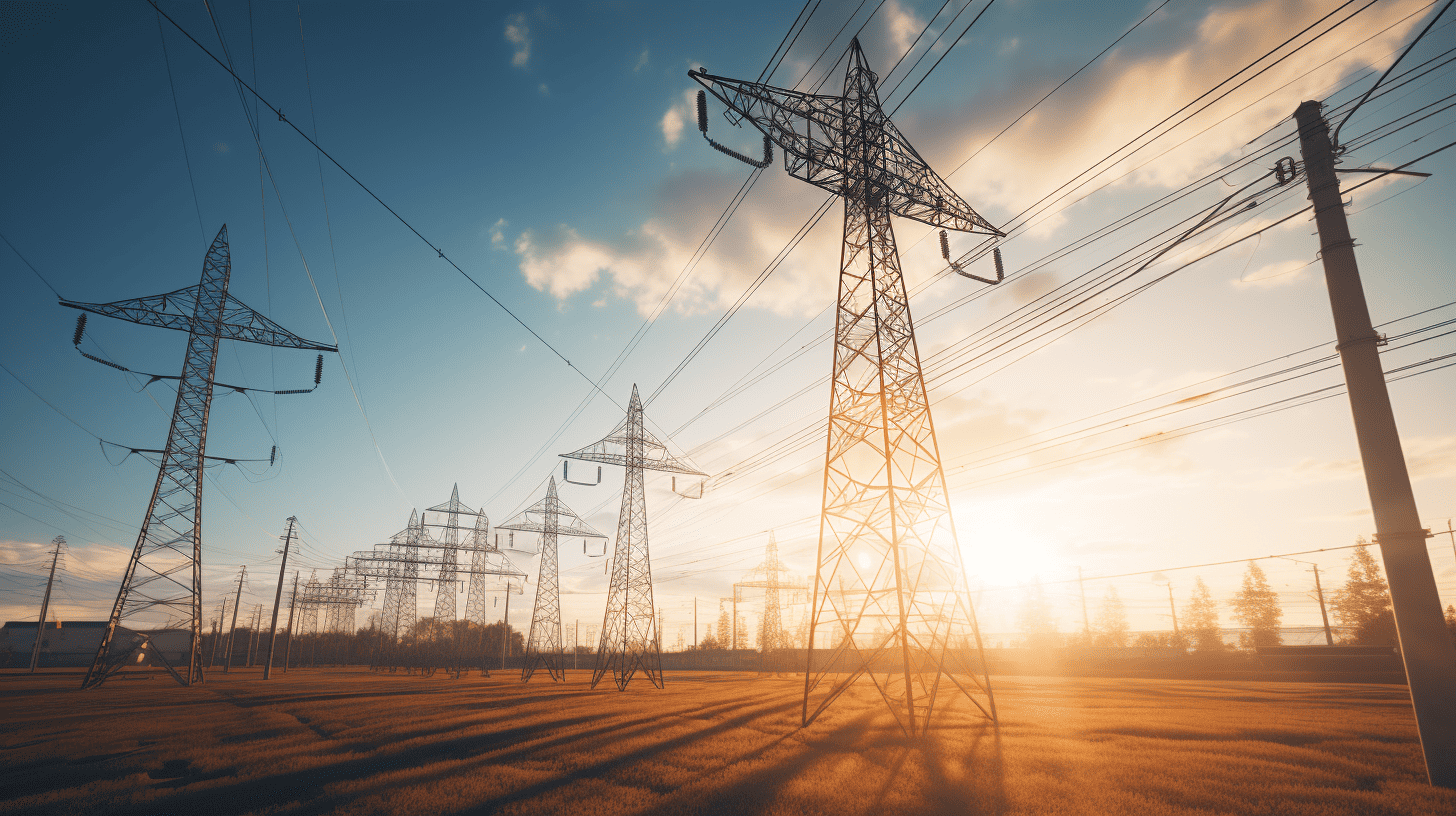
Earlier, the band Coldplay announced they would no longer go on a world tour, due to the major impact on the climate. They came back to that: with their World Spheres tour, they are playing 133 shows around the world. Last week and this week it is the turn of the Netherlands; two hundred thousand visitors came to the Johan Cruijf ArenA in Amsterdam – a record for a foreign band.
That they went on tour anyway does not mean they forgot their sustainability ideals. They managed to reduce CO2 emissions – despite all the confetti, tens of thousands of light bands, and spectacular light show – by almost fifty percent. Among other things, solar power, electric transportation, renewable fuel for their planes, and a kinetic dance floor make Coldplay perform more sustainably than ever, without the band having to sacrifice extravagance.
- Coldplay is playing 133 shows for their World Spheres tour;
- They have been able to reduce carbon emissions by nearly 50 percent by using solar power, electric transportation, and renewable fuels;
- Among other things, responsible transportation, waste management, and public engagement by reducing trucks are ways they are reducing their impact on the climate.
Push for renewable energy
The key to Coldplay’s impressive CO2 reduction lies in their decision to embrace renewable energy. The band has introduced an electric battery system that allows their entire show, including audio, lights, and lasers, to run entirely on renewable energy. Moreover, they have integrated solar panels and energy storage into the stage, allowing them to generate energy on location.
Not only that, they have also introduced a kinetic dance floor, where concertgoers can generate energy by dancing. The same goes for the power bikes available to fans. These initiatives have generated 15-kilowatt hours of power per show.

Responsible transportation and waste management
The band also made great strides in transportation and waste management. The number of trucks used for shows was reduced by 20 percent and 66 percent of waste was recycled. In addition, concertgoers were encouraged to turn in LED wristbands for recycling. The band also invested in sustainable jet fuel and renewed diesel for their tour transportation.
Their waste management efforts also extended to reducing plastic use. For example, the luminous wristbands worn by fans during shows were made from compostable materials and reused as much as possible. In addition, the production of the wristbands was reduced by eighty percent and the confetti used during the shows was biodegradable.

Public engagement and awareness
Coldplay understands that change cannot come from the top down alone, but that the public also plays a vital role. Therefore, they urged concertgoers to travel sustainably, use trash cans, bring reusable water bottles, and return wristbands after the show.
They encouraged low-carbon travel by giving fans who could prove this through an app a discount on tickets. At least one tree was planted for every ticket sold. The band also monitored fans’ travel behavior and promised to offset calculated emissions through reforestation and conservation efforts. In addition, Coldplay noted that many more fans came to their shows by public transportation last year.







